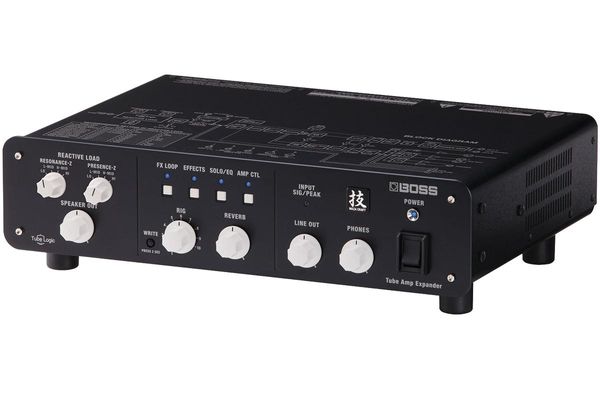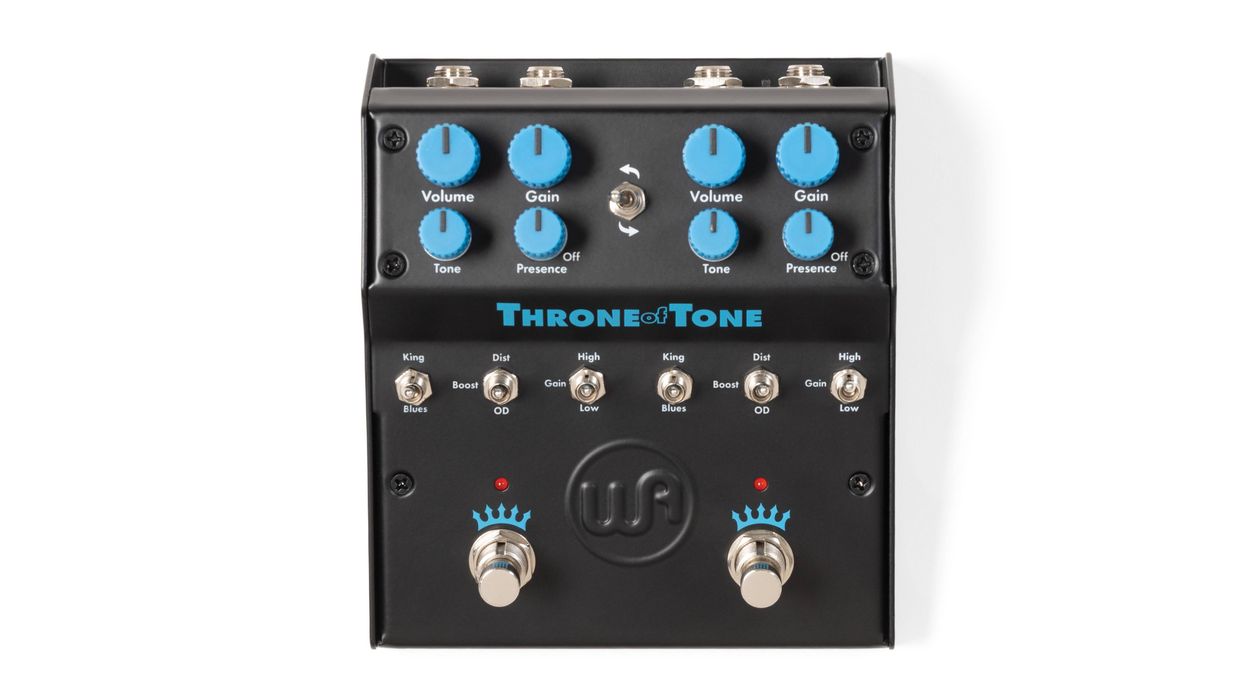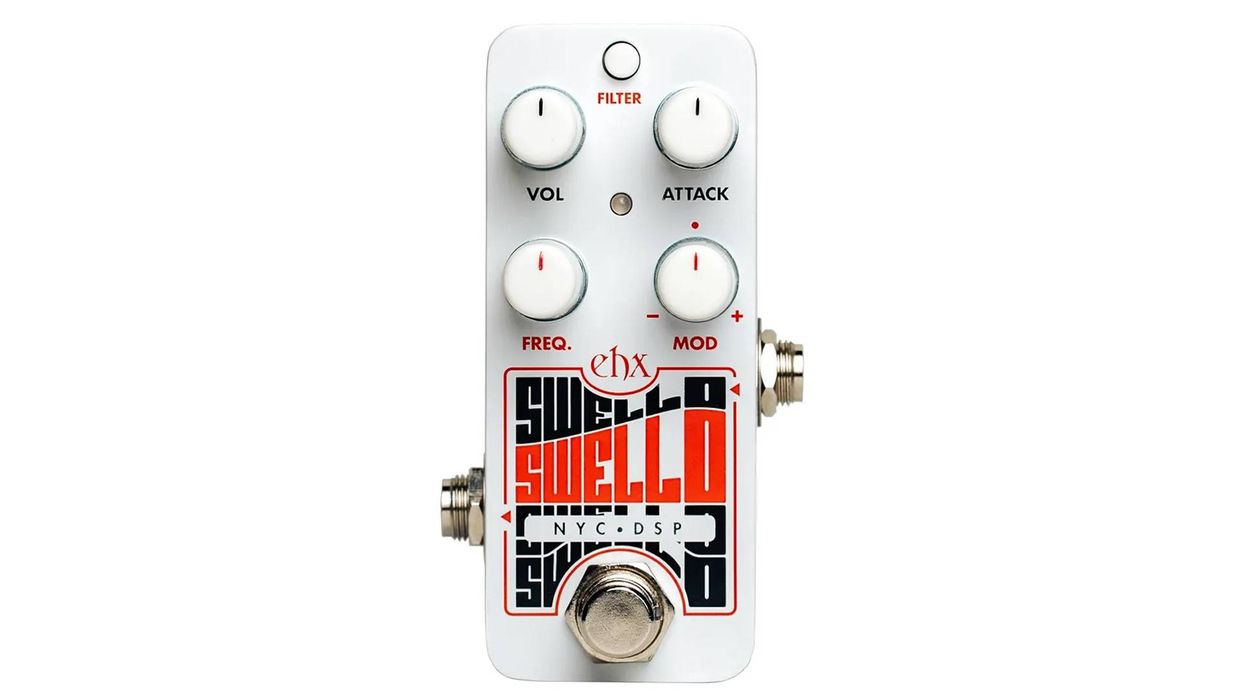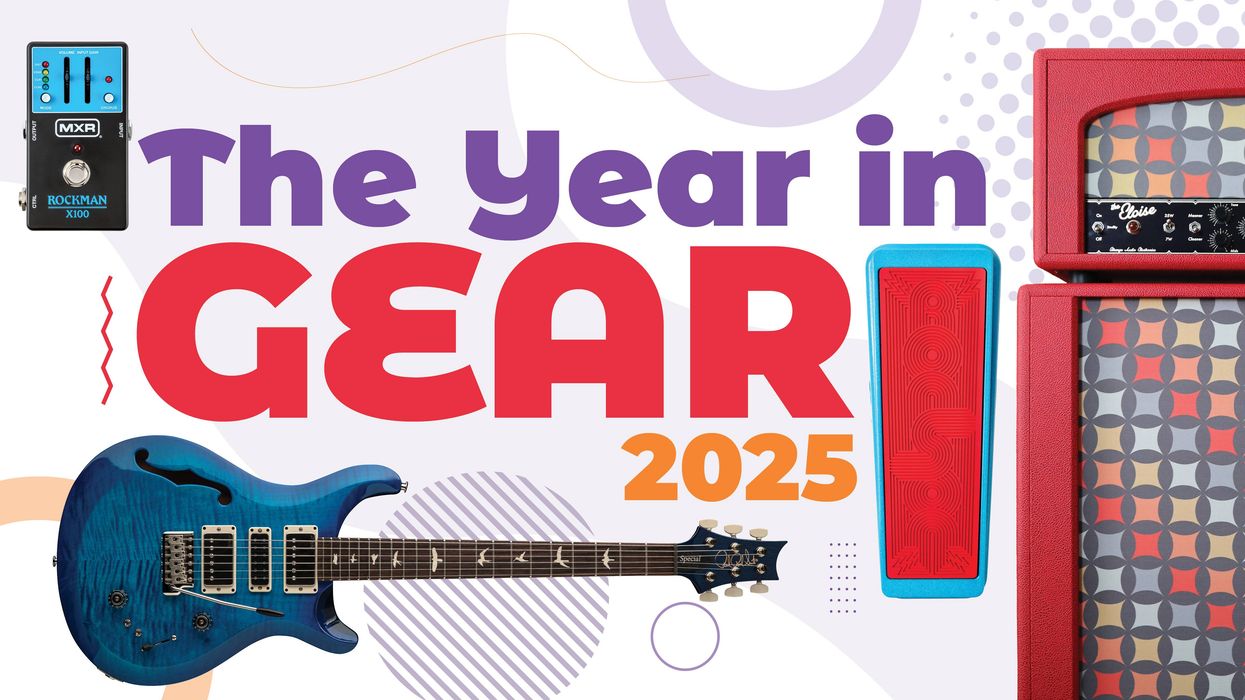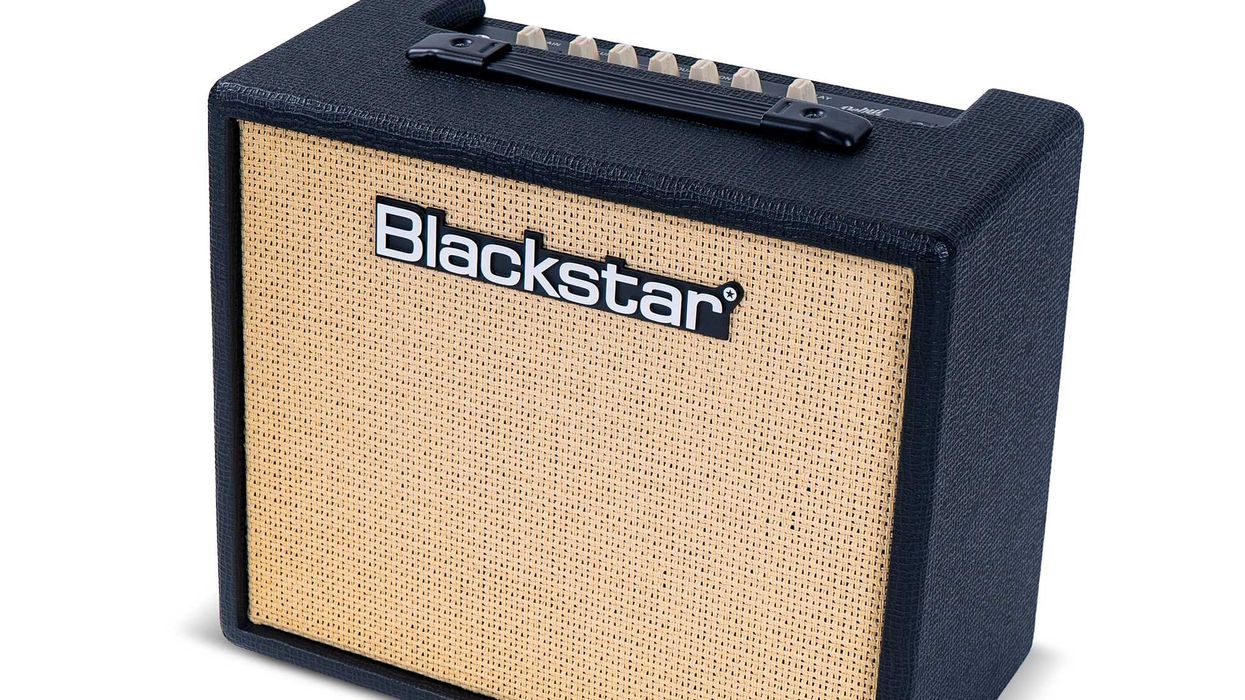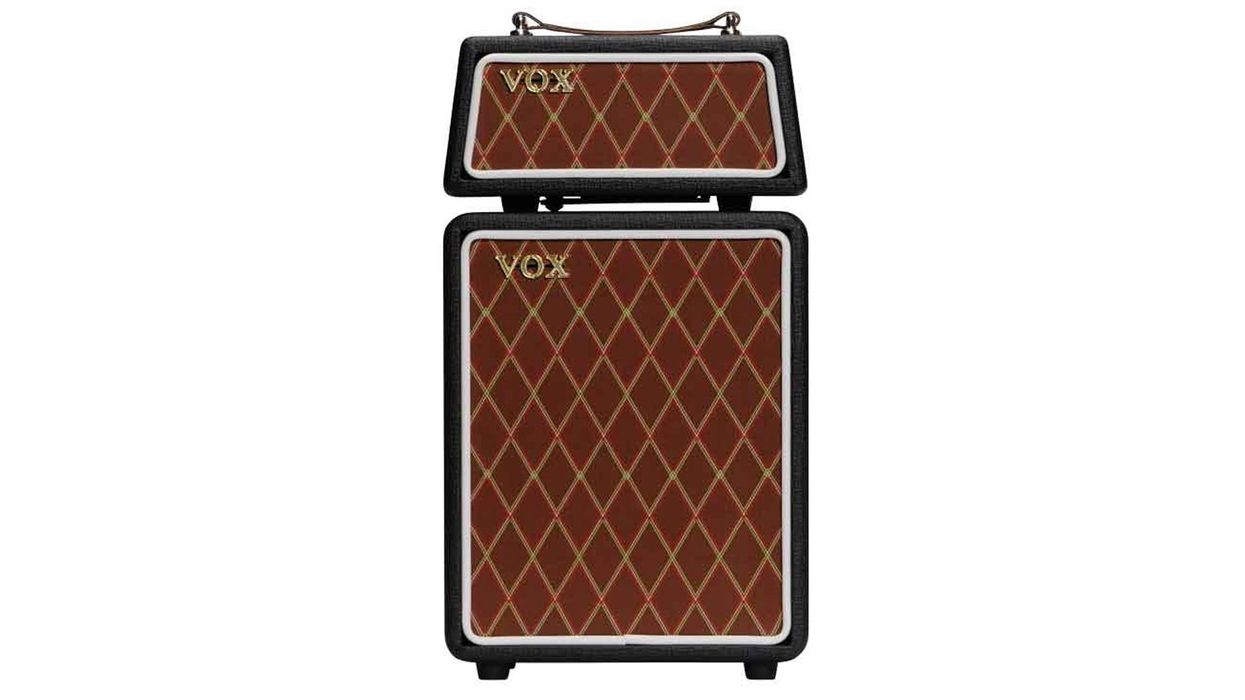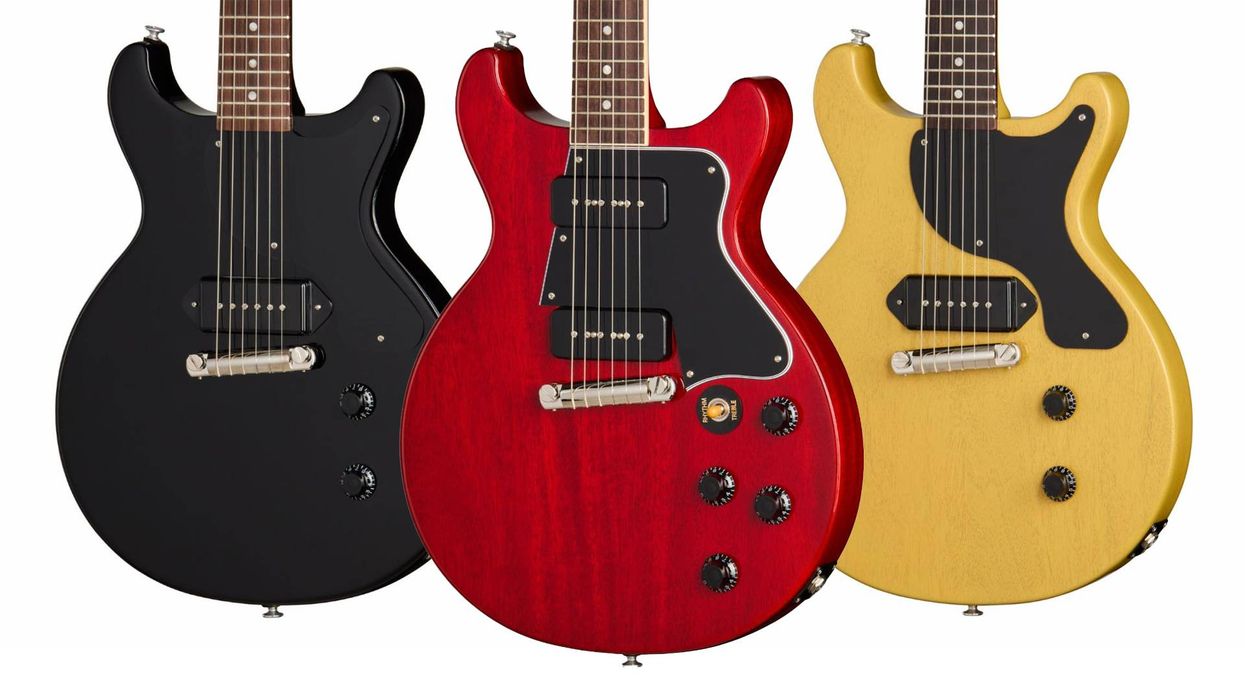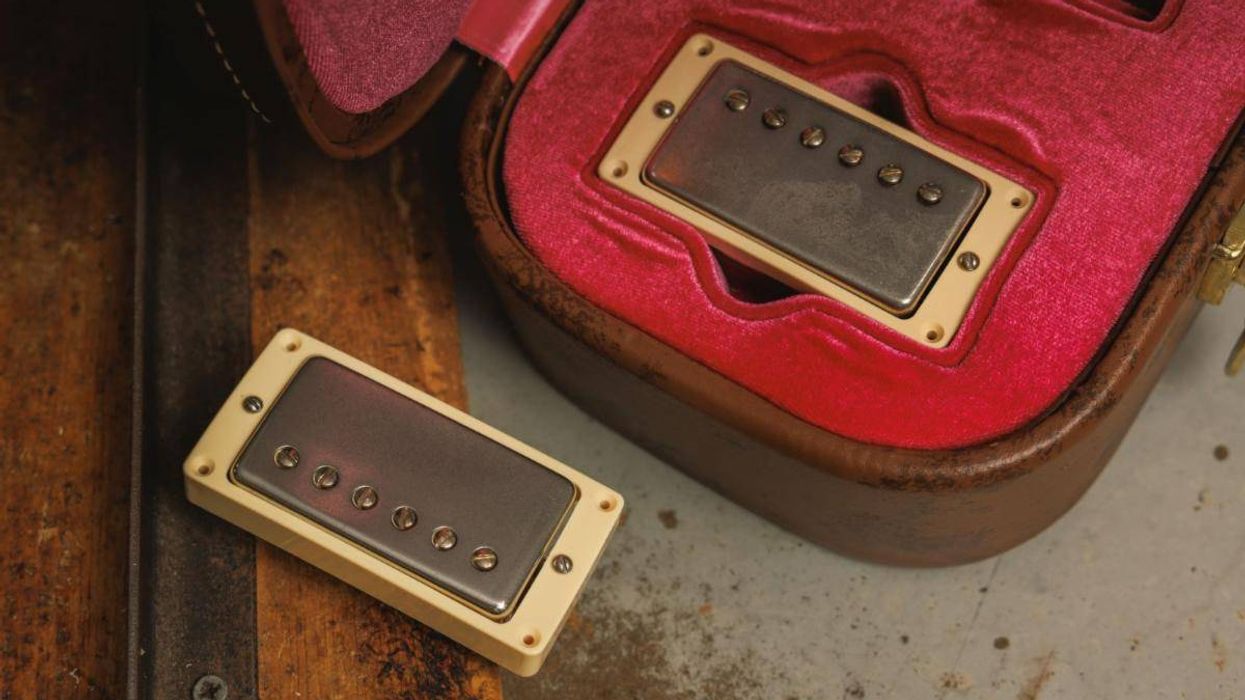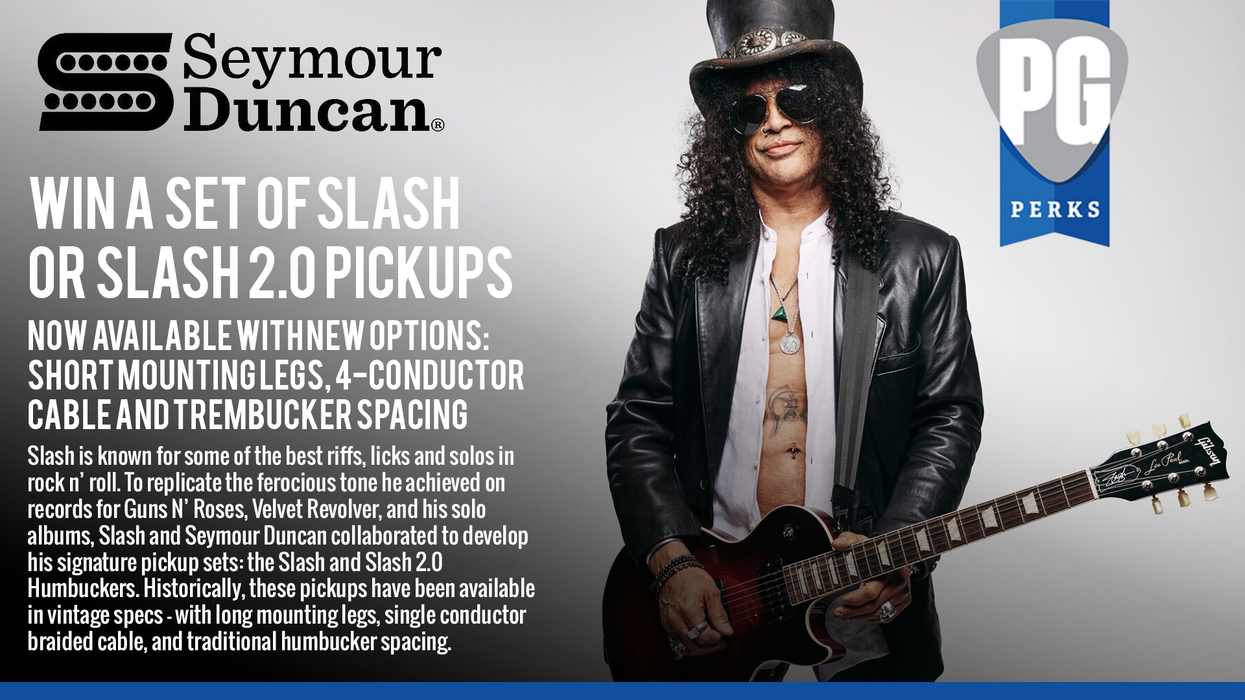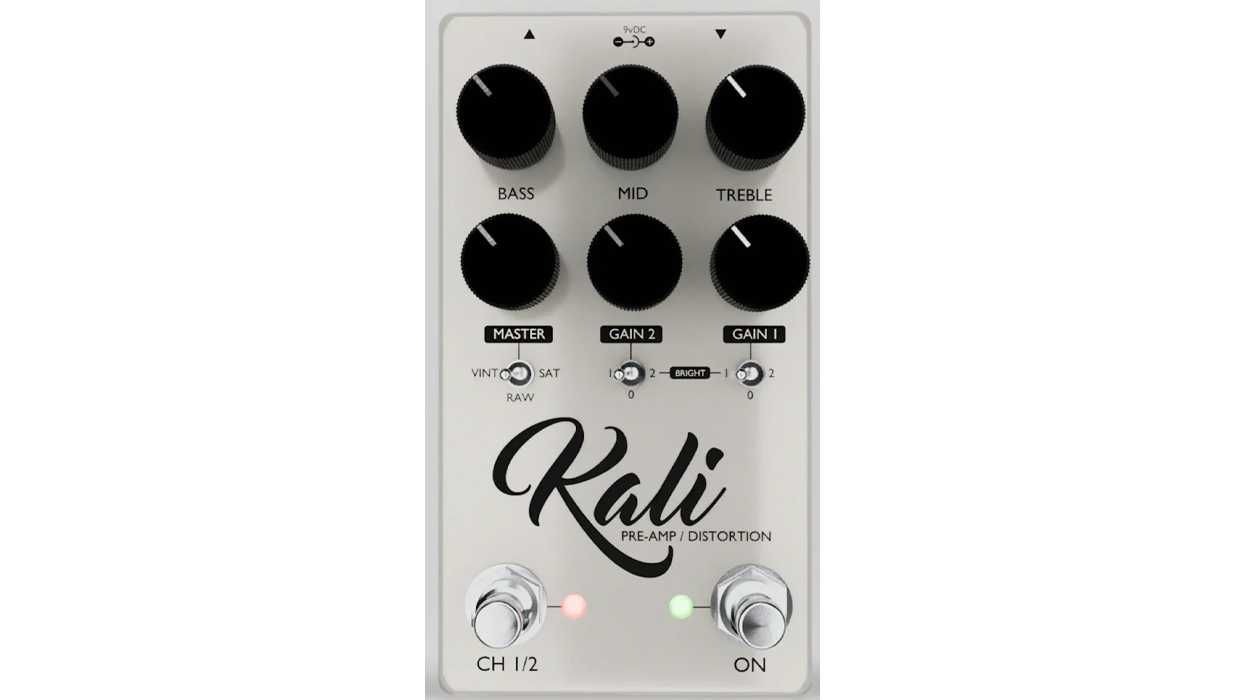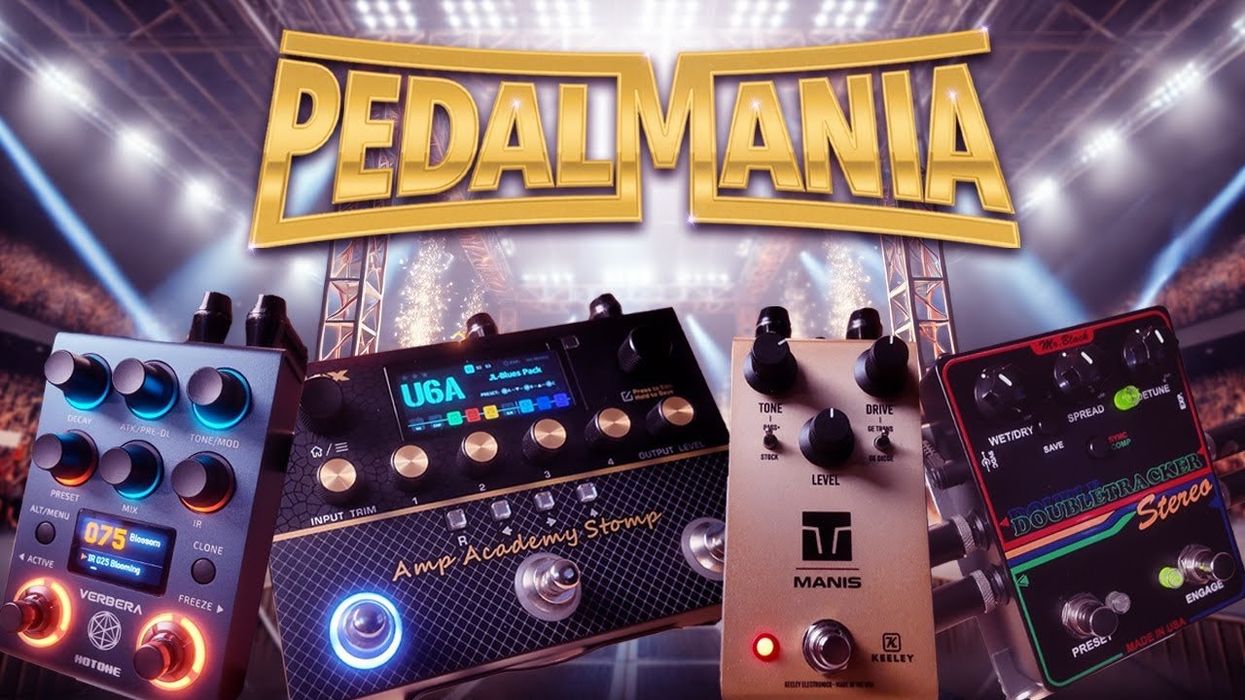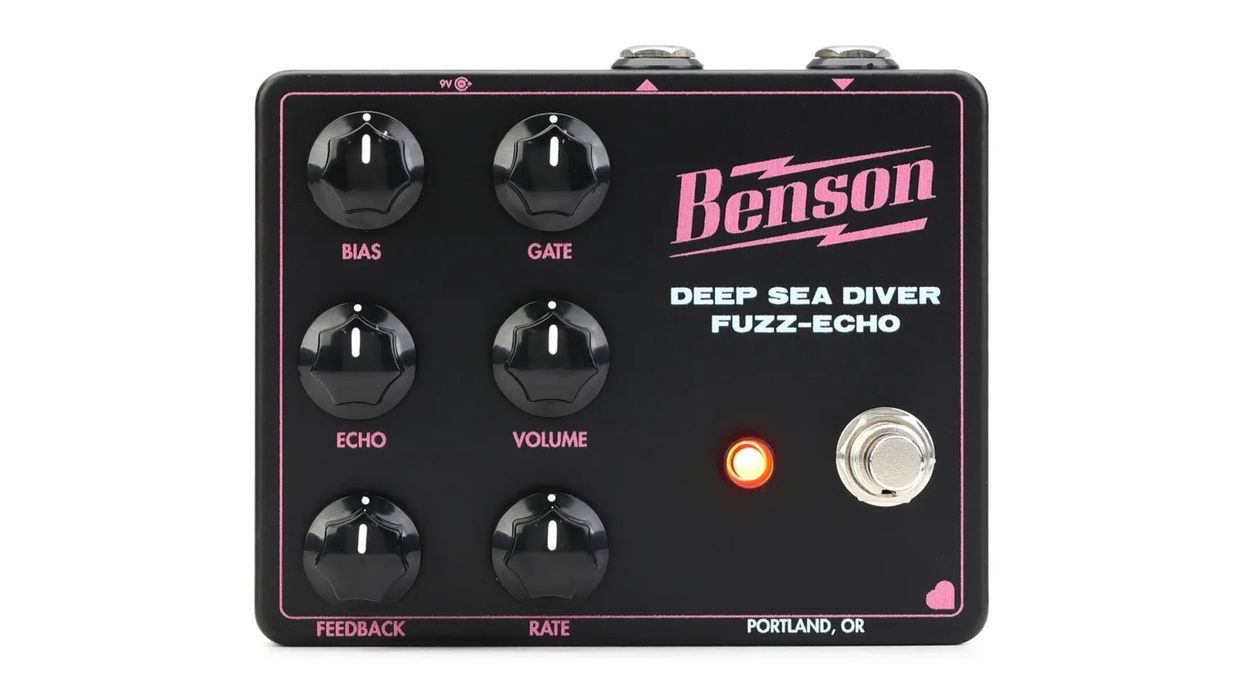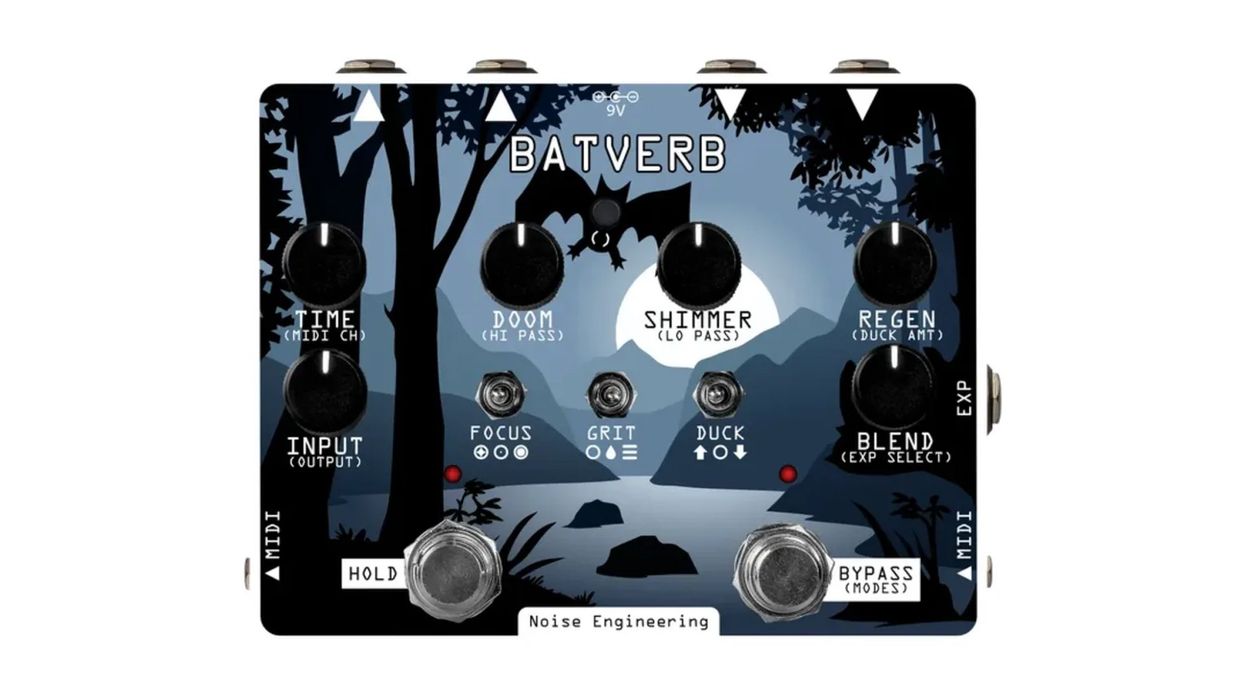Boss's WAZA Tube Amp Expander Amplifier Attenuator is a fascinating and ambitious device. It's clearly influenced by Universal Audio's earlier OX Amp Top Box. (See "OX Me Again" sidebar.) But it adds several features not found on the OX—or anywhere else, as far as I know. But first, some basics. (We evaluated the Tube Amp Expander—TAE for short—with its improved version 2 software.)
The TAE is a hefty piece of hardware weighing 15 pounds and measuring roughly 15" x 12"x 4.5". The build quality is superb, with an ultra-rugged enclosure and high-quality pots, switches, and jacks. There's a classy built-in power supply. This a heavy-duty piece of kit—Boss isn't screwing around.
What’s an “Amp Expander?”
Like the OX, the TAE is a rectangular box raised on rubber feet that can perch atop many combo and head-only amps. (It's also rack-mountable.) It, too, is a load box, speaker attenuator, direct-recording preamp, and IR player/loader. We'll cover those functions in a moment, but first, let's zoom in on the TAE's unique and useful "amp expander" role.
All the products covered here let you generate big-amp sounds at low volume. But TAE can also flip the equation, delivering small-amp sounds at high volume, thanks to an integrated 100-watt solid-state power amp. Let's say your favorite amp is a tiny Fender Champ. It's great for recording, but it lacks the muscle for stage use. You can route your Champ's speaker out to the TAE and crank the onboard amp for stage levels that rival a 100-watt stack. (Important: You'll need a speaker cabinet that can handle such levels, which can easily demolish a Champ's humble 8" speaker.)
Like the OX, the TAE includes an effects section offering EQ, compression, reverb, and delay. This provides a virtual effects loop for amps that lack one. If you add Boss's $133 GA-FC foot controller (not reviewed), you can toggle effects on and off and enter delay times by tap. (Most of these functions are accessible via front-panel switches, so a controller pedal isn't strictly necessary.)
So now that simple two-knob Champ includes a high-quality effects loop, a solo boost, footswitch remote control, preset storage, compatibility with many MIDI switchers and controller pedals, and enough onstage volume to compete with macho stacks and heavy-handed drummers. If that's not "amp expansion," I don't know what it is.
Refining Your Rigs
The TAE can store 32 IRs onboard, with more IRs accessible via an attractive, lucid software interface for Mac or Windows. (There aren't yet any editors for mobile devices.) The included IRs are a well-rounded collection of Marshall, Mesa, Fender, Vox, and Freidman cabs in configurations ranging from 1x8 to 4x12. Like the OX, the TAE refers to saved IR/effect combinations as rigs. You can store eight rigs onboard and switch between them without connecting to a computer. You can load your own IRs via a dedicated IR loader app.
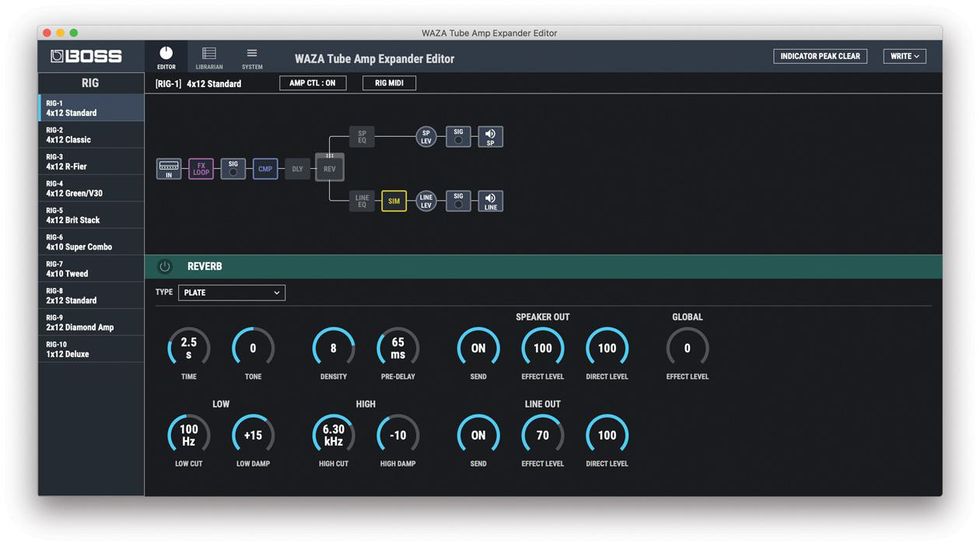
The TAE's audio editor boasts a lucid interface with an intuitive signal-flow graphic.
The five microphone models are a Neumann U 87, a Shure SM57, an AKG C451 B, a Royer R-121, a Sennheiser MD 421, plus several combined settings, all with adjustable virtual positions. Additionally, there are four room-mic settings of varied sizes. Sound quality is excellent.
Comprehensive Connectivity
The rear-panel functions are formidable. In addition to stereo XLR output jacks, there's a mono XLR out for feeding the front-of-house mixing desk. The effect loop can be configured as series or parallel. There are full-sized MIDI I/O ports—the TAE not only responds to control messages, but can also transit them to external gear. There's a channel-switching output for multi-channel amps, a stereo headphone jack, and a 4-ohm/8-ohm/16-ohm selector
Another unique feature is a sophisticated impedance selector with independent controls for bass and treble frequencies. This lets you fine-tune the response to suit individual amps. (For example, a low bass-impedance setting can nix unwanted oscillation from ultra-high-gain amps.)
The Verdict
Boss's WAZA Tube Amp Expander Amplifier Attenuator performs an astonishing number of tasks and sounds great while doing so. The build quality is superb. It boasts unique features, such as its integrated 100-watt power amp and dual-band impedance controls. At $1,338, it's the costliest item in this roundup, and you may not need all its features. But for many gigging and recording guitarists, it could be a perfect do-it-all solution.
